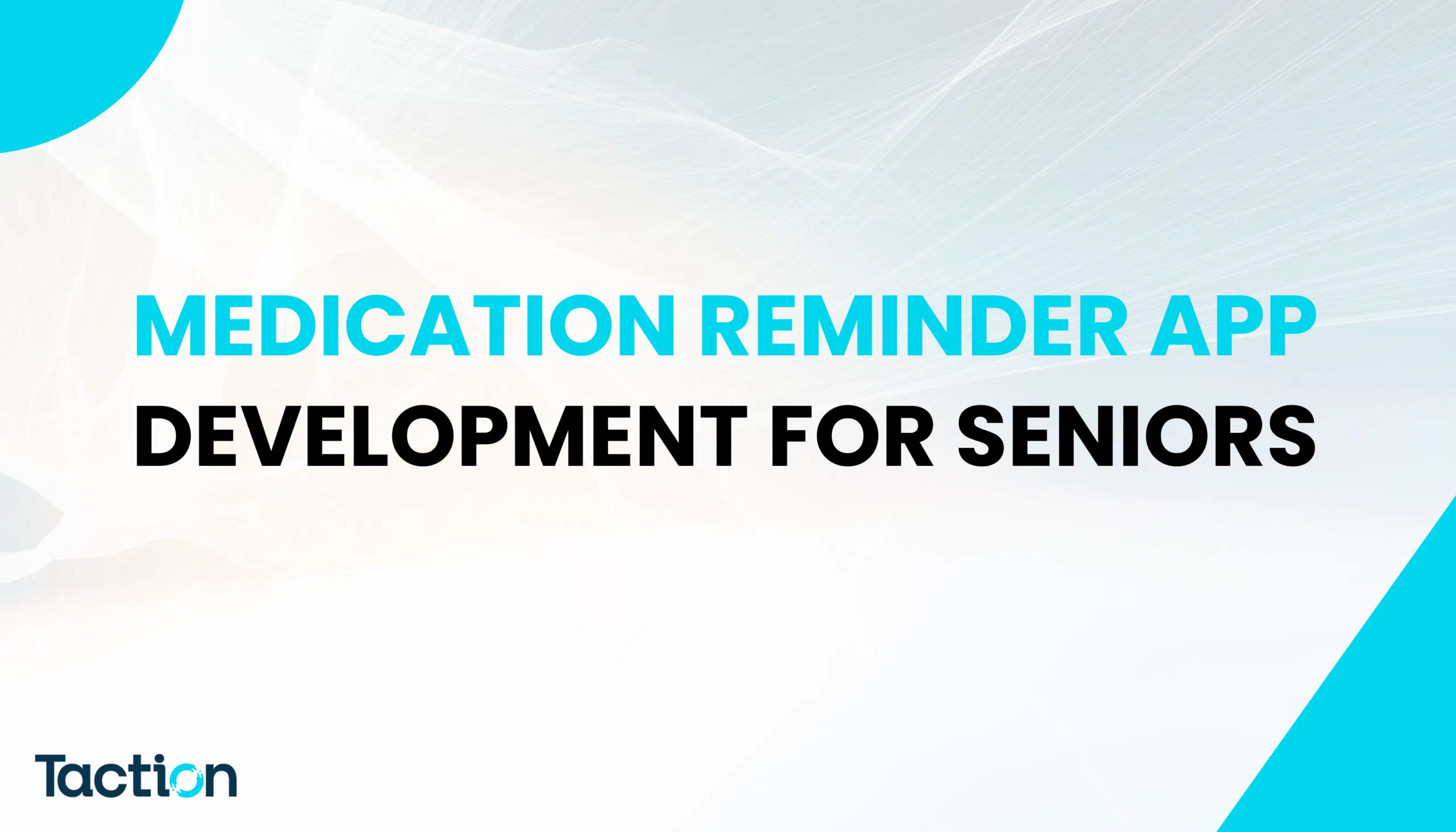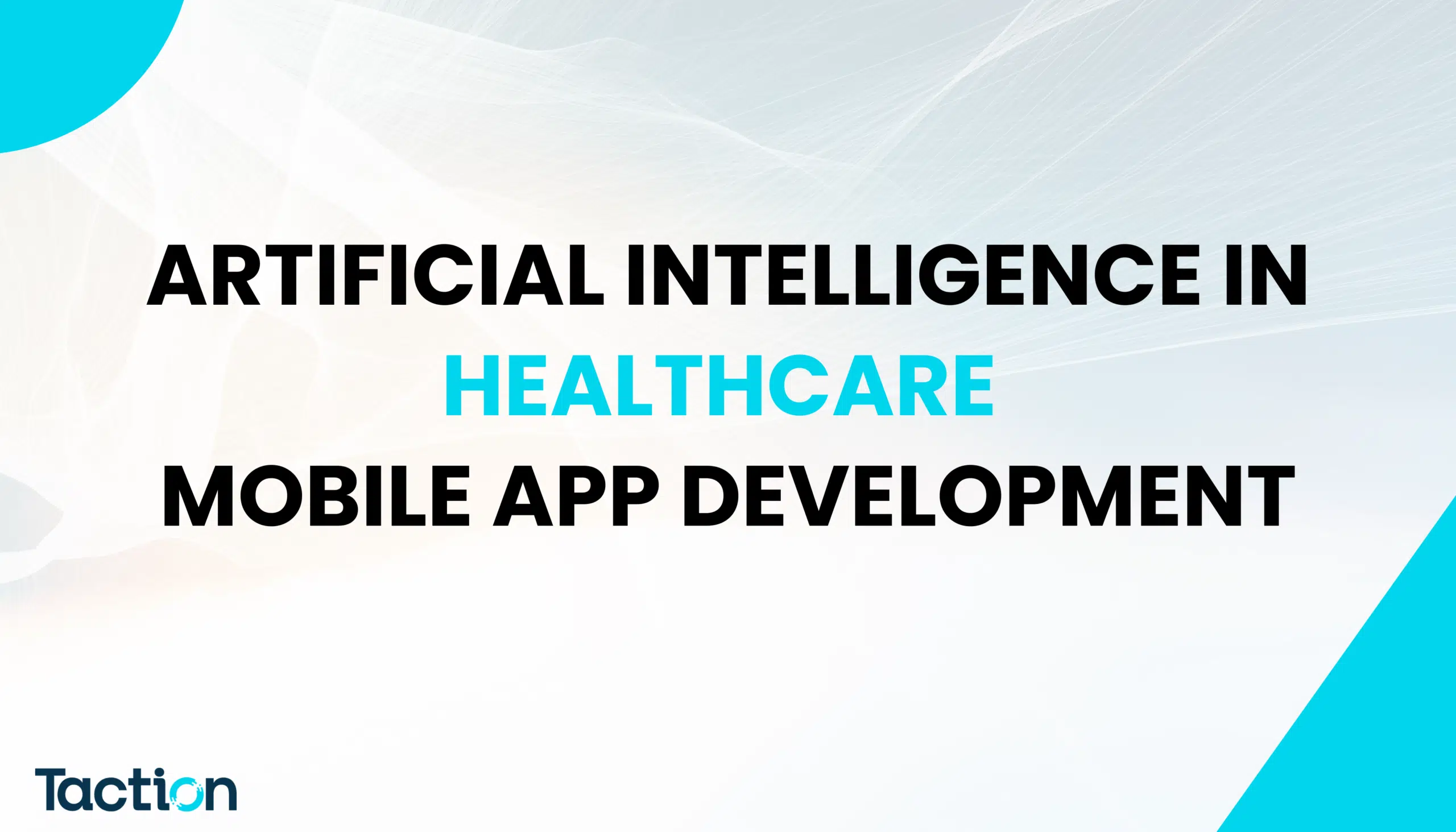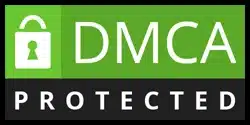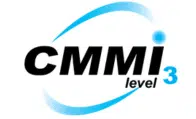HL7 and FHIR protocols are significant terms in healthcare technology. These technical jargons might sound a bit confusing, but FHIR vs Hl7 have a really important job in making sure our healthcare apps and systems can work together smoothly.
A long time ago, when healthcare started using computer programs to provide care, these apps didn’t really talk to each other. That’s where FHIR vs Hl7 come in.
Back in the 1960s, the first health IT systems showed up, but there was no common way for them to share information. HL7, or Health Level Seven International, was created in 1987 to create rules that help different healthcare apps understand each other’s data. They started with HL7 V2 in 1989, which was like the first version of this “language” that apps could speak to communicate.
As time went on and healthcare got more tech-savvy, the need for better ways to share data grew. HL7 V2 did its job, but it had some limitations. So, they tried HL7 V3, which was like an upgraded version. However, it turned out to be a bit too complicated and didn’t become a hit.
In 2014, after learning from the past, HL7 introduced FHIR (Fast Healthcare Interoperability Resources). FHIR makes it way easier for different apps to share information and work together.
Now, why does all of this matter? Well, before HL7 V2, every app had to be specially designed to talk to other apps. It was like building a new road every time you wanted to go somewhere. This was expensive and often didn’t work smoothly. But with FHIR vs Hl7, apps can talk and share data easily. This means better healthcare, as all the apps and systems can work together seamlessly.
FHIR takes things a step further. FHIR makes connecting different apps faster and easier. It also adds extra security and allows different apps to work together without any fuss. If you want to make FHIR even more powerful, you can use SMART on FHIR. It’s like an extra tool that helps engineers build apps that can work smoothly anywhere in the healthcare system.
Hence, thanks to FHIR vs Hl7, our healthcare apps can talk and share leading to smoother medical experiences.
What is HL7?
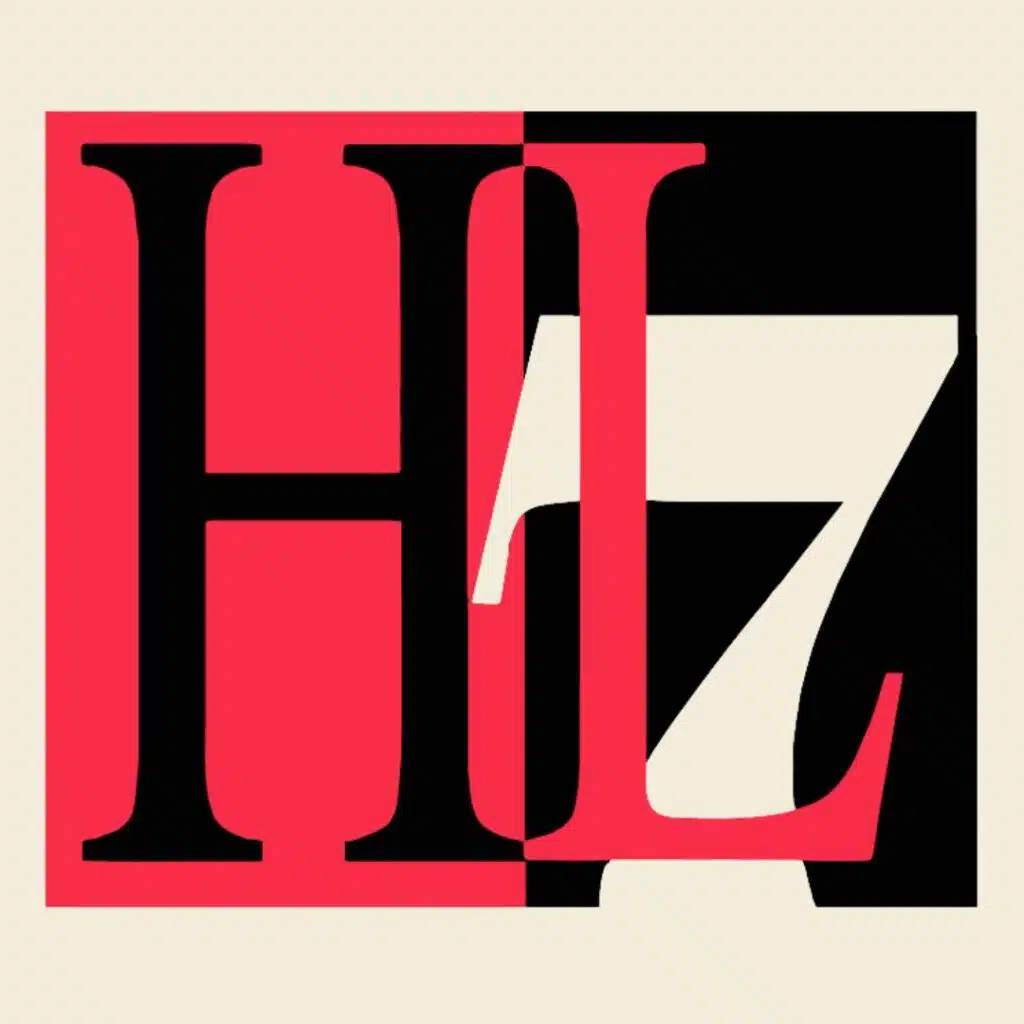
When it comes to HL7 V2 and V3, it’s all about understanding who uses them and how they shape these messaging standards.
HL7 relies on event-driven messaging like ADT to manage patient data, whereas FHIR follows a resource-based model. Learn more about ADT event types in HL7 and their role in patient information exchange.
Let’s break down the user types who influence these standards:
- Clinical Interface Specialists: Clinical Specialists move and create tools for data exchange between healthcare apps. They’re the ones ensuring clinical data flows between different applications and providers.
- Government Entities: These groups look to the future of data sharing across multiple entities. They’re interested in new data movement areas and can even mandate messaging standards.
- Medical Informaticists: These are the health informatics experts. They aim to create a structured healthcare knowledge system—a data model, a vocabulary, and a workflow. They focus on representing healthcare concepts and actors.
HL7 V2
Before HL7 V2, interfaces were custom-designed, making them expensive and not very compatible. A group of forward-thinkers created HL7 to simplify interfacing.
HL7 V2 is a well-established standard that connects apps within institutions. However, it has a learning curve, privacy issues, and limited modern device compatibility.
HL7 V3
HL7 V3 aimed to make messaging more rigid and standardized, born out of HL7 V2 challenges. It was designed to be plug-and-play and used modern technologies. However, it turned out to be complex with a steep learning curve, and it lacked backward compatibility with V2.
V2 was created by clinical interface specialists, while V3 was influenced by medical informaticists. This shapes their initial use cases and focuses.
HL7 CDA
HL7 CDA (Clinical Document Architecture) is part of V3. It standardizes clinical documents’ language for patient care transfers.
It’s widely used in the U.S. healthcare system but faces challenges like complexity, limited interoperability, and fitting into workflows.
What is FHIR?
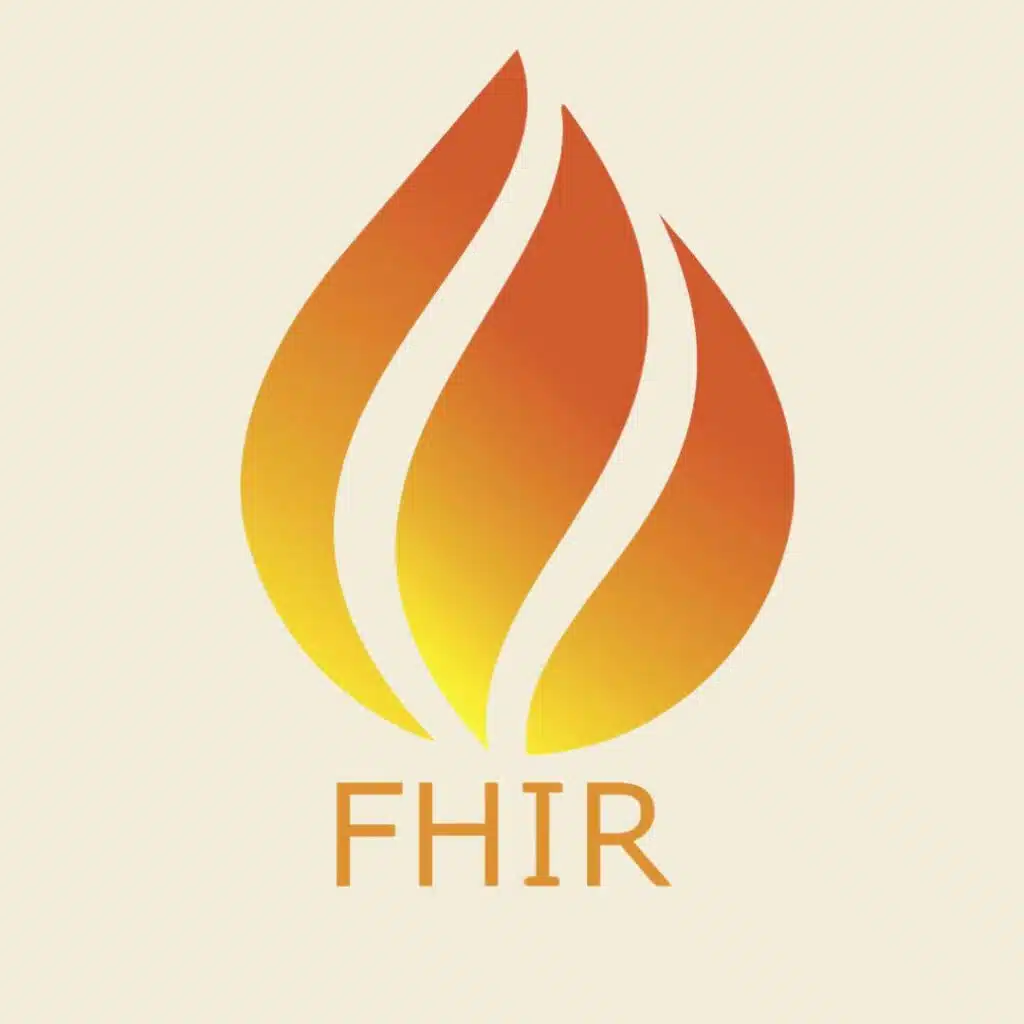
FHIR®, launched in 2014, began with a big question: How would health data exchange look if we started fresh using modern methods? To find answers, HL7 International, the organization behind FHIR vs Hl7, looked at what other industries were doing.
Success stories in different industries highlighted the power of RESTful-based APIs for interoperability.
The FHIR standard is built around five simple ideas:
- Easier Learning and Implementation: FHIR is designed to be quick to learn and put into action.
- Lower Costs: It’s made to be cost-effective.
- From Simple to Complex: FHIR can work for both simple and complex needs.
- Flexibility: It’s adaptable to different situations.
- Free to Use: FHIR is available without any charge.
FHIR has gained momentum since its early release in 2014. Two big steps boosted its adoption:
- In 2019, FHIR R4 was released, which is the first version that won’t break existing systems with future changes.
- In March 2020, the U.S. Department of Health and Human Services made rules requiring the use of FHIR APIs for data exchange between providers, payers, and patients.
Protocols FHIR vs Hl7
Let’s talk about HL7 and FHIR – two important things in healthcare tech.
So, what’s HL7? It’s like the chief messenger between different healthcare systems. Imagine if every app in healthcare was a person who spoke a different language.
HL7 is like the translator that helps them understand each other. It’s the seventh layer in a special communication “cake” that makes sure messages between apps are clear and easy to read.
Now, HL7 comes in different protocols.
Event Driven Protocol
Imagine if a patient gets admitted to the hospital. That’s an event. This protocol helps apps share info about such events.
Application to Application Protocol
This is like when two apps want to chat directly, not through a middleman. The information they share is what matters here.
OSI Level 7 Protocol
This one focuses on the exact way apps exchange information. It’s not about how the information travels between them.
Exchange Protocol
It works as a map for information. It says how apps should give and take information. But it doesn’t care about how they use it.
Standard Protocol
This one’s like a universal translator. Instead of building custom links between apps, HL7’s standard protocol makes it easy for different apps to talk, even if they’re from different places.
Now, FHIR is like the superstar version of HL7. It not only helps apps talk but also makes sure they share data smartly. FHIR can do everything HL7 does, plus more. It’s like teaching your friends a secret code to make their conversations even better.
Similarities
Thinking about FHIR vs Hl7? It’s not a battle of winners or losers. In fact, these two share a lot in common and are part of the same family, brought to us by Health Level Seven International.
FHIR kind of takes the best parts of HL7 V2, V3, and CDA, and offers some cool web tech too. Note that HL7 V2 was made way back when the internet wasn’t a big thing. But now, FHIR gives it a modern makeover for our tech-savvy world.
Now, let’s zoom in on HL7 V2 – the most popular sibling. When you compare HL7 V2 to FHIR, you’ll spot some similarities:
- First up, both use building blocks of code. They’re ready-made parts that help make new systems faster.
- Then there’s the compatibility thing. Both HL7 V2 and FHIR play nice with different versions. This means your systems can chat and share data even if they’re from different eras.
- Don’t forget about the “extensibility mechanism.” It’s like giving your app a power-up. With both FHIR vs Hl7, you can add new stuff or tweak existing features.
Differences
We’ve explored the similarities between FHIR vs Hl7, but now let’s understand their differences. While FHIR is known for its support of RESTful APIs and modern web technologies, there’s more to uncover.
General Structure:
- HL7 V2: Uses messages.
- HL7 V3: Utilizes structured messages.
- HL7 CDA: Focuses on documents.
- HL7 FHIR: Centers around APIs.
Use Cases:
- HL7 V2 and V3: Primarily designed for medical record exchange.
- HL7 CDA: Intended for clinical document exchange.
- HL7 FHIR: Enables universal health data exchange, including apps, smart devices, and wearables.
Platform Compatibility:
- HL7 V2, V3, and CDA: Suitable for EMR, EHR, and HIS.
- HL7 FHIR: Expands to include mobile apps and wearables.
Flexibility:
- HL7 V2: Offers flexibility.
- HL7 V3 and CDA: Less flexible.
- HL7 FHIR: Highly flexible.
Message Format:
- HL7 V2: Uses pipe and hat characters.
- HL7 V3 and CDA: Relies on XML.
- HL7 FHIR: Supports XML/JSON and API-based access.
Interoperability Method:
- HL7 V2, V3, CDA, and FHIR: All focus on both syntactic and semantic interoperability.
Security:
- HL7 V2, V3, CDA, and FHIR: Employ transport layer security.
- HL7 FHIR: Also uses SSL.
Compatibility:
- HL7 V2: Compatible with all V2 features.
- HL7 V3 and CDA: Not compatible with earlier versions.
- HL7 FHIR: Backward compatible with V3/CDA and not compatible with V2.
ICD, LOINC, DICOM Integration:
- HL7 V2: Limited support.
- HL7 V3 and CDA: Allow embedding ICD, LOINC, and DICOM in RIM object.
- HL7 FHIR: Allows embedding ICD, LOINC, and DICOM in RIM object.
Reliability:
- HL7 V2: Less reliable due to optional columns.
- HL7 V3 and CDA: More reliable due to required data.
- HL7 FHIR: Offers more reliability through specific resources handling data.
Implementation Cost:
- HL7 V2 and FHIR: Generally cost-effective.
- HL7 V3 and CDA: Tend to be more expensive.
Popularity and Learning Curve:
- HL7 V2: Popular but with a moderate learning curve.
- HL7 V3 and CDA: Less popular with a longer learning curve.
- HL7 FHIR: Gaining traction with a shorter learning curve.
Deciding between FFHIR vs Hl7 depends on your resources and goals. If you seek flexibility and innovation, FHIR is a suitable choice. If you prefer established standards, other FHIR vs Hl7 options may be more fitting. Binariks, a healthcare development company, often recommends FHIR for its adaptability and potential. Discover more about the strengths of FHIR below.


